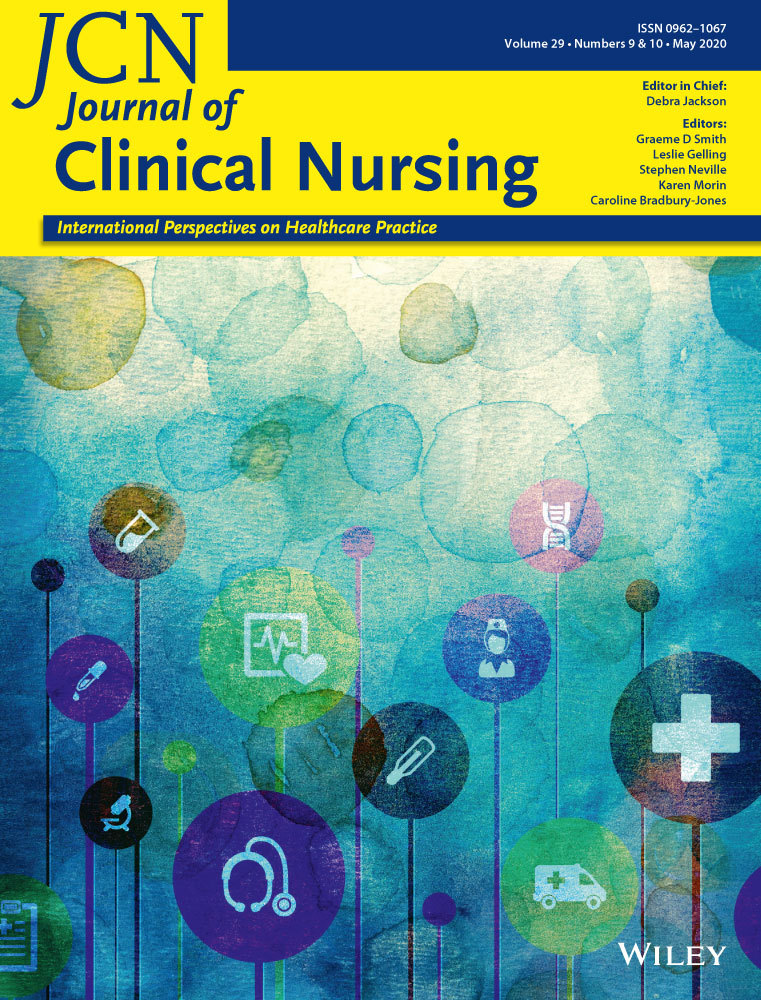Pitfalls in acute febrile illness diagnosis: Interobserver agreement of signs and symptoms during a dengue outbreak
Funding information:
Conselho Nacional de Desenvolvimento Científico (CNPq) No. 402068/2012-2 and REBRATS 06/2013 (Rede Brasileira de Avaliação de Tecnologias em Saúde) number 401366/2013-8. SRLP has a fellowship from CNPq 310765/ 2016-1. DNRO, GMB and MGLM hold an undergraduated scholarship from CNPq. Coordenação de Aperfeiçoamento de Pessoal de Nível Superior (CAPES grant 001).The funding source had no involvement in the collection, analysis and interpretation of data, in the writing of the report and the decision to submit.
Abstract
Aims and objectives
To compare and evaluate interobserver (nurses and physicians) agreement for dengue clinical signs and symptoms, including the World Health Organization diagnostic algorithm.
Background
Agreement of clinical history defines the capacity of the examiner to measure a given clinical parameter in a reproducible and consistent manner, which is prerequisite for diagnosis validity. Nurses play a major role in the triage and care of dengue patients in many countries.
Study design
This is a sub-study on interobserver agreement performed as part of a cross-sectional diagnostic accuracy study for acute febrile illness (AFI) using the checklist STARD.
Methods
A previously validated semi-structured sign and symptom standardised questionnaire for AFI was independently administered to 374 patients by physician and nurse pairs. The interobserver agreement was estimated using kappa statistics.
Results
For a set of 27 signs and symptoms, we found six interobserver discrepancies (examiner detected red eyes, lethargy, exanthema, dyspnoea, bleeding and myalgia) as identified by regular and moderate kappa indexes. Four signs (patient observed red eyes, cough, diarrhoea and vomiting) and one symptom (earache) had near-perfect agreement. Most signs and symptoms showed substantial agreement. The WHO (Dengue guidelines for diagnosis, treatment, prevention and control: new edition, World Health Organization, 2009) clinical criteria for dengue comprise a group of symptoms known as “pains and aches.” Interobserver agreement for abdominal pain, retro-orbital pain and arthralgia exceed that found for headache and myalgia.
Conclusions
During a dengue outbreak, the interobserver agreement for most of the signs and symptoms used to assess AFI was substantial.
Relevance to clinical practice
This result suggests good potential applicability of the tool by health professionals following training. A well-trained health professional is qualified to apply the standardised questionnaire to evaluate suspected dengue cases during outbreaks.
CONFLICT OF INTEREST
None.




